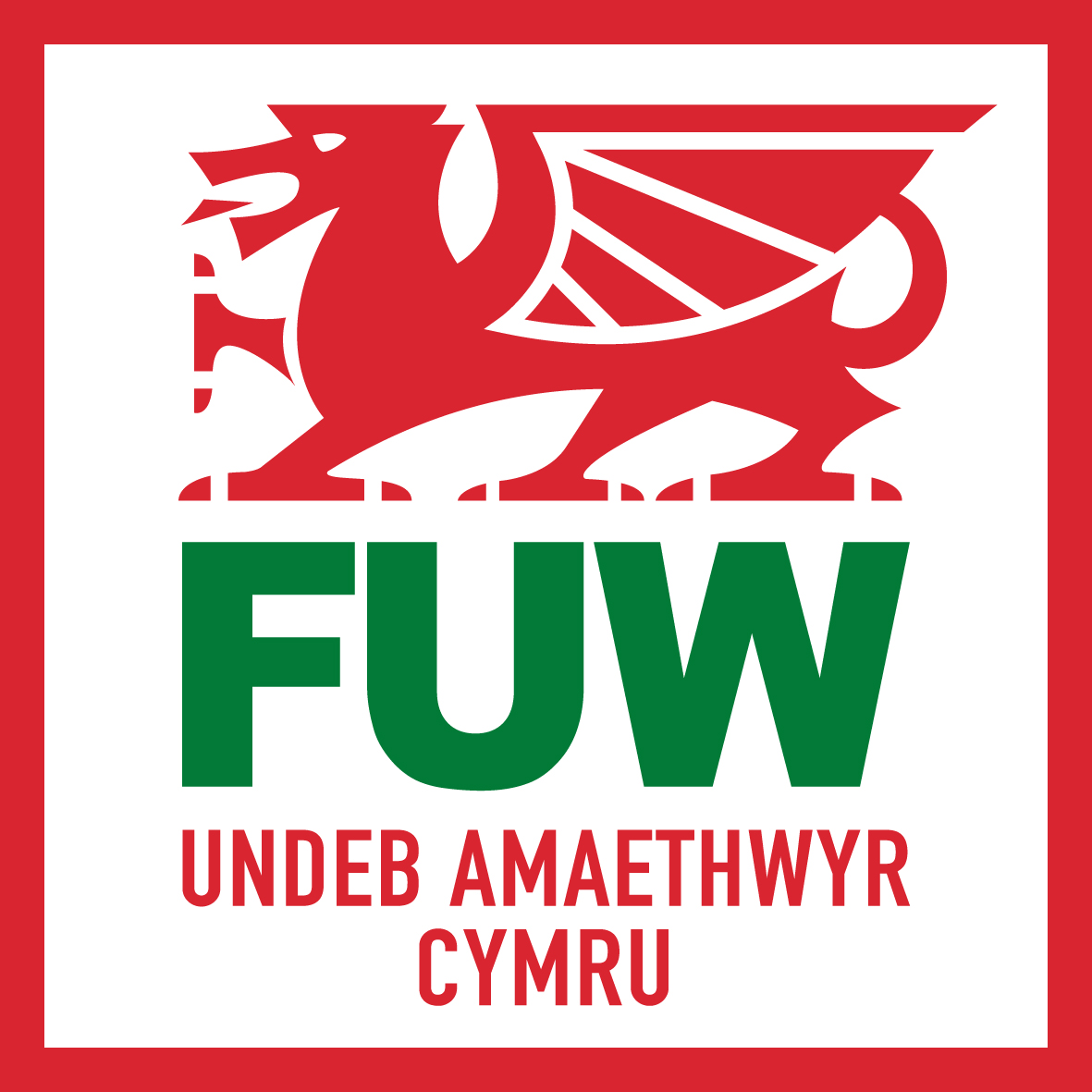EU cereal production predicted to be below average
Latest figures published by the EU Commission predict that EU cereal production will be 8% lower than last year and 5.1% below the 5 year average.
The EU previously relaxed environmental rules in an attempt to increase production, by allowing farmers to plant crops on environmental areas, due to shortages following the war in Ukraine.
The latest figures show that despite the environmental derogations the area planted across the EU was 1.3% lower than the 5 year average. As well as a drop in the area planted, a drought across the EU during the summer has further exacerbated the situation with yields of harvested crops falling by 7% compared to 2021 and 3% lower than the 5 year average.
Dairy import volumes grow
A report by the Agriculture and Horticulture Development Board (AHDB) shows that imports of dairy products to the UK have grown by 11% compared to 2021.
Following the disruption caused by the pandemic and Brexit the figures show that imports have returned to 2020 levels. Due to rising prices the value of imports are up 30% compared to 2021.
A drop in domestic production coupled with increased demand from the food service sector are likely to be the main factors attributed to the increase in imports.
New Zealand farmers react angrily to GHG emissions proposals
Proposals by the New Zealand government could see the country’s farmers become the first in the world to pay for livestock greenhouse gas emissions (GHG) under a new scheme.
The plan includes taxing both methane emitted by livestock and nitrous oxide emitted mostly from fertiliser-rich urine. By 2025 farmers who meet the threshold for herd size and fertiliser use will be required to pay a levy the government will set every one to three years on advice from the Climate Change Commission and farmers.
The revenue from the levy is planned to be used to reduce GHG emissions on New Zealand’s farms through incentive payments, research and technology.
Farming organisations in the country have reacted angrily to the plans claiming that it will reduce dairy farming by 5% and beef and sheep farming by 20%.
Pig sector estimated to have lost £700 million since October 2020
Latest figures released by the Agriculture and Horticulture Development Board (AHDB) show that despite increasing deadweight prices the increases in inputs such as feed and energy has kept the cost of production higher than the deadweight price.
Pig producers have been in a continuous loss making situation since October 2020 and AHDB estimate the cumulative loss to be over £700 million across the sector.
Pig herd data for the UK shows a 17% year-on-year decline in the sow herd highlighting the ongoing crisis for the sector.


